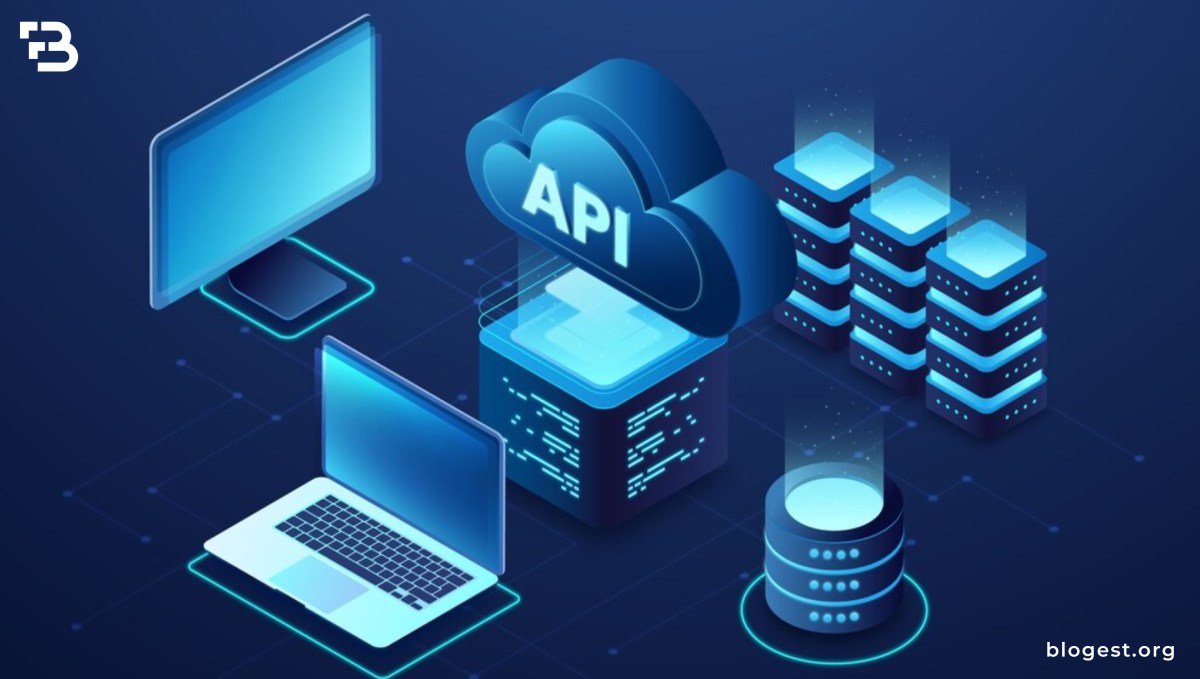Designing effective API tests is an essential part of modern software development, ensuring that applications meet their functional, reliability, performance, and security requirements.
Testing APIs involves more than just checking if they technically work; it necessitates a strategic approach that covers various layers of the API stack, including individual endpoints, the API layer, and the broader system integration.
For developers, crafting an API testing strategy begins with understanding the fundamentals of API operations and extends through advanced techniques that can optimize their API framework for greater efficiency and robustness.
In the journey toward an effective testing methodology, best practices must be adopted to create a sustainable and adaptable testing environment.
This includes creating comprehensive documentation that serves as a resource for understanding and using the APIs.
Another facet of this is learning how to automate API testing which can streamline processes, save time, and ensure consistent testing results. Automation is particularly critical in catering to repetitive testing scenarios and can significantly contribute to faster development cycles.
Key Takeaways
- Effective API test design ensures functional, reliable, and secure application interactions.
- Comprehensive documentation is imperative for understanding and effectively using APIs.
- Automated testing is key to efficient and consistent API testing results.
API Testing Fundamentals
To design effective API tests, it’s essential to grasp the intricate details of API architecture, develop a concrete test strategy, and ensure a robust testing environment.
These primary building blocks set the stage for testing that’s thorough and accurate.
Understanding API Architecture and Protocols
APIs, or Application Programming Interfaces, serve as the communication channel between different software systems.
RESTful APIs have become the standard due to their statelessness and ease of use with HTTP protocols.
Understanding the structure of REST and its reliance on HTTP methods—like GET, POST, PUT, and DELETE—is crucial.
JSON is often the format of choice for sending and receiving data through RESTful APIs.
Additionally, knowing SOAP, a protocol for web services offering more structured message patterns, can be important for services requiring comprehensive API specifications and enhanced security.
Developing a Test Strategy
A test strategy guides the scope, approach, and schedule of the testing activities.
Effective API testing encompasses both functional testing—validating the API behaves as expected—and non-functional testing including performance, load testing, and security aspects.
Determining which HTTP methods to test, handling different types of errors, and outlining response status codes are part of functional testing.
This strategy must also encompass the creation of detailed test data and test maintenance practices to ensure the API’s reliability over time.
Setting Up Testing Environment
The test environment must closely replicate the production setting to yield reliable results.
This includes actual API endpoints or, where necessary, a mock version that mimics API behavior.
Ensuring the environment is isolated from side effects ensures test data remains controlled.
Functional tests can then be run against the service endpoints to confirm behavior and performance testing can simulate various loads to study API robustness and scalability.
Advanced API Test Design
To design effective API tests, one must focus on advanced strategies that encompass security enhancements, automation, and scalability.
These strategies ensure that APIs remain robust, secure, and performant throughout their lifecycle.
Security and Performance Enhancements
Advanced API test designs prioritize security tests to protect against vulnerabilities and unauthorized access.
Incorporating comprehensive API security practices such as regular scanning and threat assessments is essential. For instance, tools like OWASP ZAP can help identify security risks.
Performance testing is also critical, comprising load testing and stress testing to verify the reliability and responsiveness under high traffic.
Such testing confirms the API can handle expected and unexpected user loads, ensuring consistent performance.
Automation and Continuous Integration
Incorporating automation with API testing tools accelerates the testing process.
Automation makes regression testing more efficient and can be integrated into CI/CD pipelines, allowing for continuous testing throughout the development process.
For effective automation:
- Employ CI/CD tools like Jenkins or Travis CI.
- Ensure test cases are reusable and maintainable, which increases the value of the automation efforts.
- Integrate test suites into the CI/CD pipeline to run tests upon every commit, ensuring immediate feedback on the code changes.
Maintaining and Scaling API Tests
As systems evolve, APIs require:
- Regular maintenance to ensure tests are current and reflective of the API’s state.
- Employ version control systems like Git to track changes and manage the evolution of tests.
- Construct test cases to ensure they can be easily adjusted or extended for new API features or requirements.
- Focus on reusability and scalability of tests as the application grows, especially in a microservices architecture where multiple APIs may interact.
Designing API tests with these strategies in mind equips teams to deliver high-quality APIs that are not only functional but also secure, reliable, and maintainable over time.
Conclusion
Effective API testing hinges upon careful planning and the implementation of best practices.
They must prioritize setting clear objectives, understanding API functionality, and creating a comprehensive test suite designed to cover various aspects of API performance.
Structured strategies, like separating tests into distinct categories—such as functionality, reliability, security, and performance—guide testers in ensuring a well-rounded evaluation.
The integration of these principles with advanced strategies generates robust and reliable APIs that stand the test of real-world usage and evolve with technological advancements.
You May Like Also:




